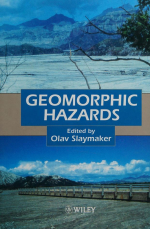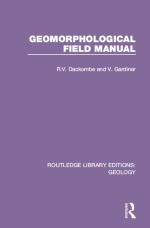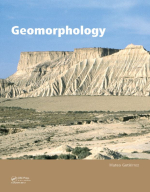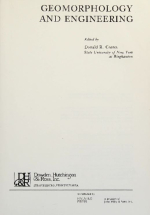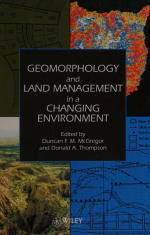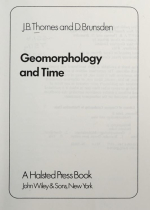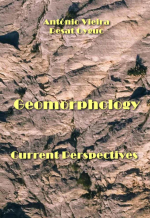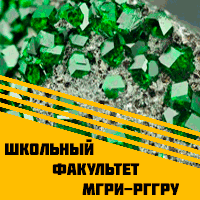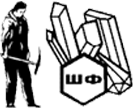Добрый день, Коллеги. Важное сообщение, просьба принять участие. Музей Ферсмана ищет помощь для реставрационных работ в помещении. Подробности по ссылке
- « первая
- ‹ предыдущая
- …
- 142
- 143
- 144
- 145
- 146
- 147
- 148
- 149
- 150
- …
- следующая ›
- последняя »
- « первая
- ‹ предыдущая
- …
- 142
- 143
- 144
- 145
- 146
- 147
- 148
- 149
- 150
- …
- следующая ›
- последняя »


